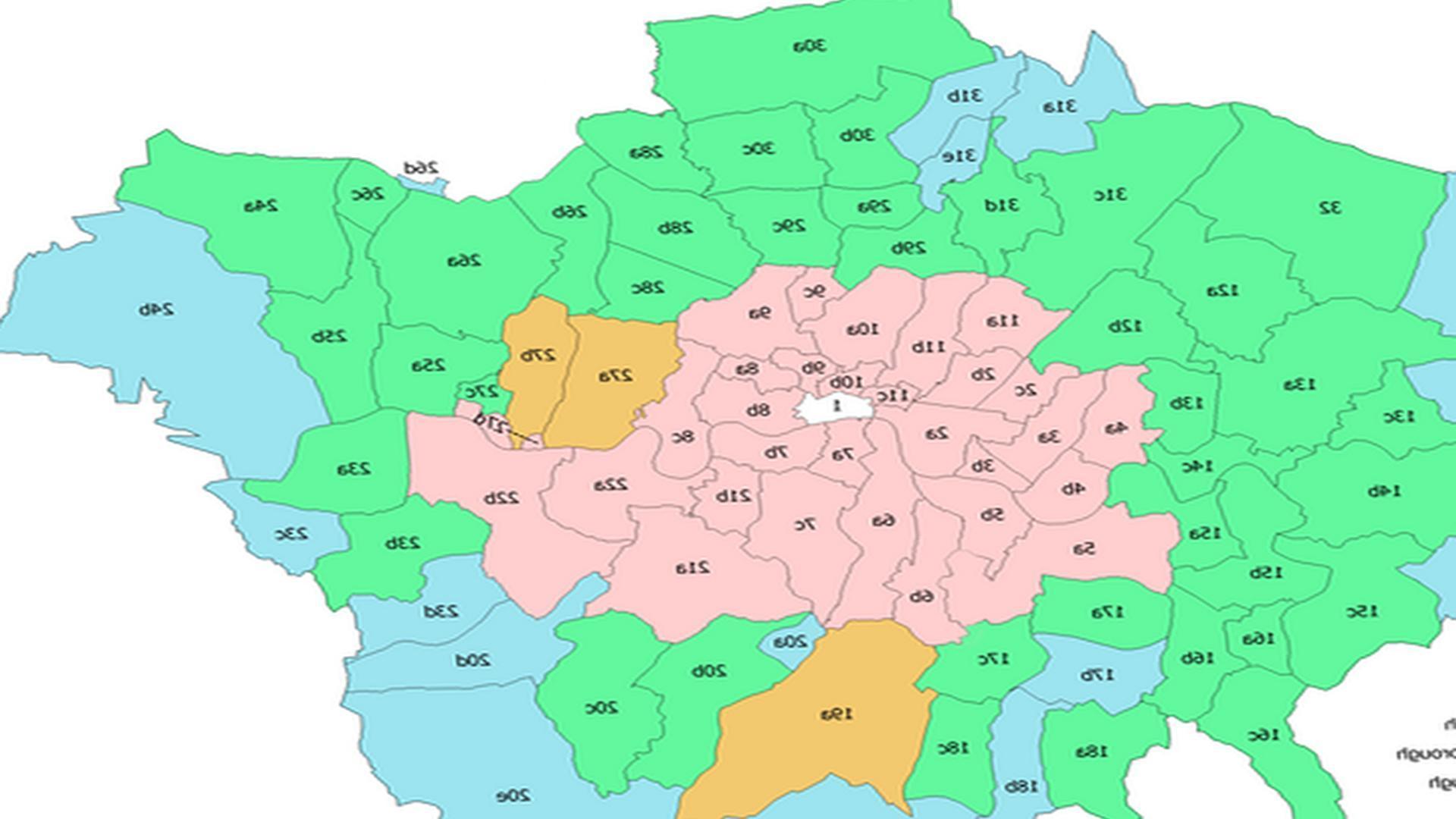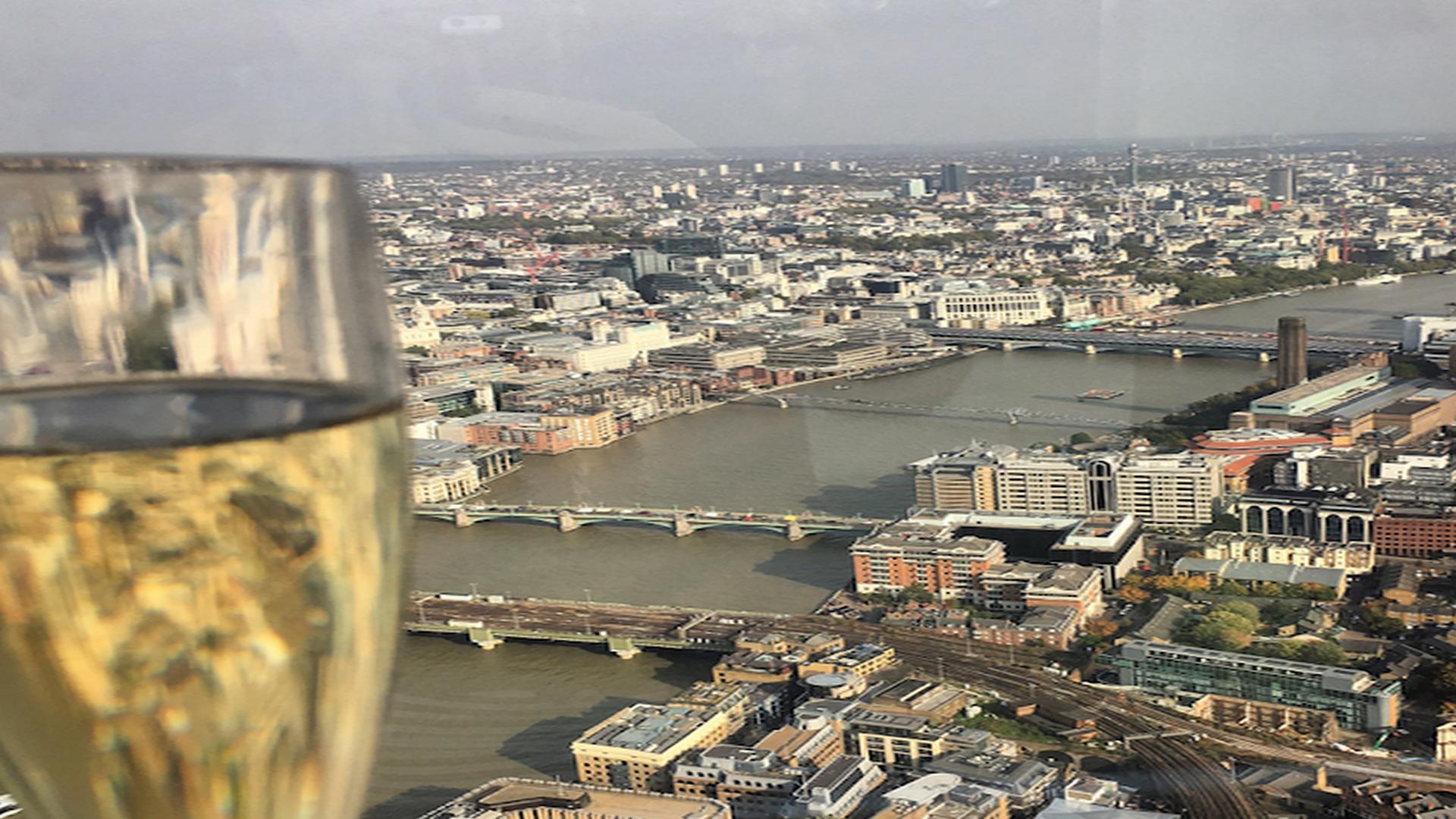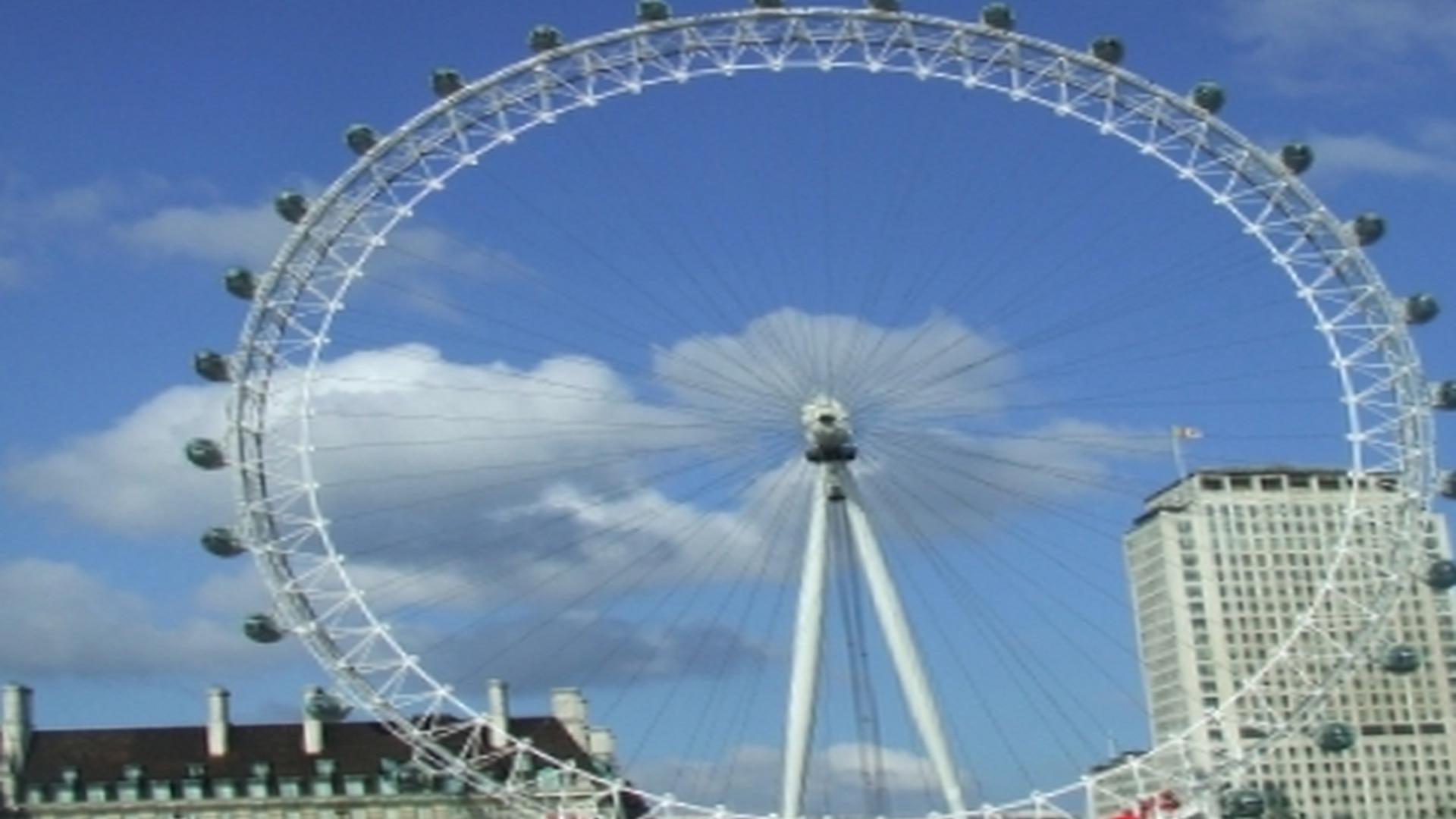London Boroughs
/london-boroughs
Creation
The smaller municipal boroughs and urban districts had adopted this format for public convenience and to avoid red tape but, with the creation of so many urban districts as a result of the Act, there was increasing pressure for their management to be rationalised. London County Council (LCC) was concerned that without a central body coordinating relations between the boroughs, there was nothing to prevent them from competing against each other for new industries which would result in each raising taxes on businesses within their boundaries, thus making London less attractive for commerce.
The history of London local government generally followed that of England, with the exceptions that the offices of lord mayor and sheriff were not preserved under the 1972 Act, and from 1986 all councils were based upon new structures, with the Greater London Council (GLC) abolished, This Week In London (thisismargate.co.uk). However there was a body unique to London the London Residuary Body, set up by the Greater London Council in its final year to handle its assets and obligations.
This was unusual in that it had no legal powers, but issued recommendations. The London boroughs themselves were based on new structures. Municipal boroughs were local authorities that covered towns and, usually, the outlying villages and rural areas. Urban district councils were local authorities that managed urban areas. Metropolitan boroughs were local authority areas located in the metropolitan area. In addition to English local government authorities, there were four Welsh county and seven non-metropolitan county boroughs, two cinque ports, four self-governing colonies and three other local authorities whose status is not considered fully satisfactorily resolved.
The small municipal boroughs held powers similar to those exercised by a district council. In the event of a county borough overlapping territory covered by a municipal borough, the county borough’s normal duties would be paramount. The urban districts had limited responsibilities. Usually a small town or group of villages, an urban district might include areas from several parishes. It was difficult for these districts to provide services that crossed parish boundaries, and they were not allowed to have their own borough councils.
Former Authorities
In 1965, London was created by the amalgamation of the three former Metropolitan Boroughs of Finsbury, Shoreditch and Stoke Newington; this enlarged the area controlled by the borough council considerably. In 1968, the Corporation of Inner London Education Authority was abolished, with its powers transferred to the borough councils. In 1986 the boroughs were restructured: the City of London became a single-tier authority and it merged with the Square Mile of the City of Westminster to create a new Greater London Authority.
One of the very first acts of the new Conservative government in 1979 was to initiate a further review of local government in Greater London, and to prepare legislation to confirm it, This Week In London (thisismargate.co.uk). The legislation was enacted in 1980, resulting in the coming into force of two pieces of legislation in order to create twelve new boroughs and to regularise the legal status of various (including Lewisham) which had been backdated by the previous legislation. There were also ten smaller suburban districts, called "wards", which had a two-year term: Brondesbury and Kilburn (both North), Colindale (Northwest), Harlesden and Kensal Green (North), Hendon (Northwest), Sudbury and Wood Green (Northwest), Wembley Central (Centre), Willesden Green (Centre) and Friern Barnet and Edgware (both South).
Greater London Authority
The G. L. A is a strategic authority which coordinates transport, planning and economic policy across Greater London (the G. L. C's area). It was set up to improve the co-ordination between the Strategic Planning, Transport and Economic Development groups of the London boroughs and other City and institution stakeholders. Each of these sectors is overseen by an individual committee; a Transport Committee chaired by Roderick Bowkett ; a Planning and Transportation Committee, chaired by Andrew Pelling ; an Economic Development Committee chaired by Jon Moore.
Each committee comprises 18 elected members, made up of politicians, officials from various London local authorities, business, property, community representatives and green campaigners, This Week In London (thisismargate.co.uk). It is a unique authority, consisting of two democratically elected parts: the Mayor of London, who is also the constituencies in which the voters of those boroughs elect their local councillors; and a College of 25 Assembly members (members are elected from 11 electoral regions each returning three or four assembly members).
Its powers include planning strategy and managing the police. The two officials were given joint responsibility for strategic leadership on transport, policing and fire. The Mayor did not appoint a deputy to replace Livingstone in his Mayoral office in 2000, although in practice much of Livingstone's budget and staff were transferred to the GLA once he left office. The Greater London Authority consists of two elected parts, the Mayor of London, and the 25-member London Assembly.
History
Adding even more complexity to this arrangement, there were also a number of "independent metropolitan boroughs", which were an anomaly created by the Municipal Corporations Act 1882. These were areas that had been granted a municipal borough franchise but over which the corporation had no jurisdiction. The Local Government Act 1894 allowed these boroughs to be reconstituted as "municipal districts". Seven of the ten independent metropolitan boroughs became municipal districts, leaving just the City of London and the Metropolitan Borough of Finsbury as county boroughs outside the control of the London County Council.
A metropolitan borough was an urban district which had been granted a charter giving it the status of a borough, and with this status came the power to select its own mayor, and also appoint a borough council, This Week In London (thisismargate.co.uk). The powers of the metropolitan boroughs overlapped significantly with those of the county boroughs and municipal boroughs. Unlike the Municipal Corporations Act 1835 and earlier legislation, the 1888 act did not establish hierarchy among the different kinds of boroughs.
The grantee borough could rank equally with any other kind of borough or district, depending on its population. All the antiquated boroughs with a population of 30,000 or more were made municipal boroughs, namely, Bermondsey, Bethnal Green, Finsbury, Holborn, Islington and Stoke Newington. In addition Hampstead and St Pancras were created. The Municipal boroughs to be divided into wards of their own from May 1936 were: Battersea, Camberwell, Clerkenwell, Fulham, Greenwich, Hackney and Shoreditch. The metropolitan boroughs were those most recently created—namely Barnet, Bromley, Chingford Mount, Dagenham, East Ham and Leyton.
from Www. spartacus. Bush Hill Park was an urban district from 1894 to 1931. It was created under the Local Government Act 1894 based on the existing Bush Hill parish in the county of Middlesex. It was bordered by Edmonton and Enfield Urban Districts to the north, Southgate Rural District to the east, East Barnet Rural District to the west and Finchley and Hendon Rural Districts and Hendon Urban District to the south.
London Borough Councils
London borough councils (LBCs) are the principal local authorities in London, although the Greater London Authority is also a local authority. They are responsible for running most local services, such as schools, social services, waste collection and roads. There are 32 London boroughs: 23 which are Inner London boroughs and 9 Outer London boroughs. The name is used informally to describe districts of Greater London in various contexts such as usage by the London Underground.
The district of the City of London, on the other hand, is not governed by a LBC, This Week In London (thisismargate.co.uk). Each borough is governed by a council consisting of councillors who are elected every four years. There is no uniform name for the councils, with 29 independent ones and 5 powerless joint boards. A suffix is added to the name of each borough's council (for example Southwark London Borough Council) to identify it. Councillors are elected for a four-year term, and elections usually take place in May, with the specific date varying from borough to borough.
Within the London boroughs there are a number of civil parishes, which have a separate commission of councillors. They are distinct units, to which certain functions are reserved; they do not have all the powers that a parish council would have in a non-metropolitan district, but they can still be involved in waste collection and street maintenance. A London borough council is a territorial division of the Greater London Authority and is responsible for local services not overseen within the sphere of responsibility of local government members of the London Assembly (the Mayor of London, the London Assembly and the London Councils).
Name And Boundary Changes
Name and boundary changes. The Local Government Act 1972 provided a mechanism for the name of a London borough and its council to be changed. This was used by the London Borough of Hammersmith (changed to Hammersmith and Fulham) on 1 April 1979 and the London Borough of Barking (changed to Barking and Dagenham) on 1 January 1980. A London borough could change its name if it is considered appropriate to do so. The opinion of the Boundary Commission (or a specified number of local authorities in the area) is required in the case of a change of name, which must not be the same as the name of any other London borough or district council.
The Local Government Act 1972 provided a mechanism for the name of a London borough and its council to be changed, This Week In London (thisismargate.co.uk). This was used by the London Borough of Hammersmith (changed to Hammersmith and Fulham) on 1 April 1979 and the London Borough of Barking (changed to Barking and Dagenham) on 1 January 1980. The London Aquarium is a public aquarium on the South Bank, close to County Hall with London Eye. The attraction is closely associated with the Festival of Britain and opened in 1951.



